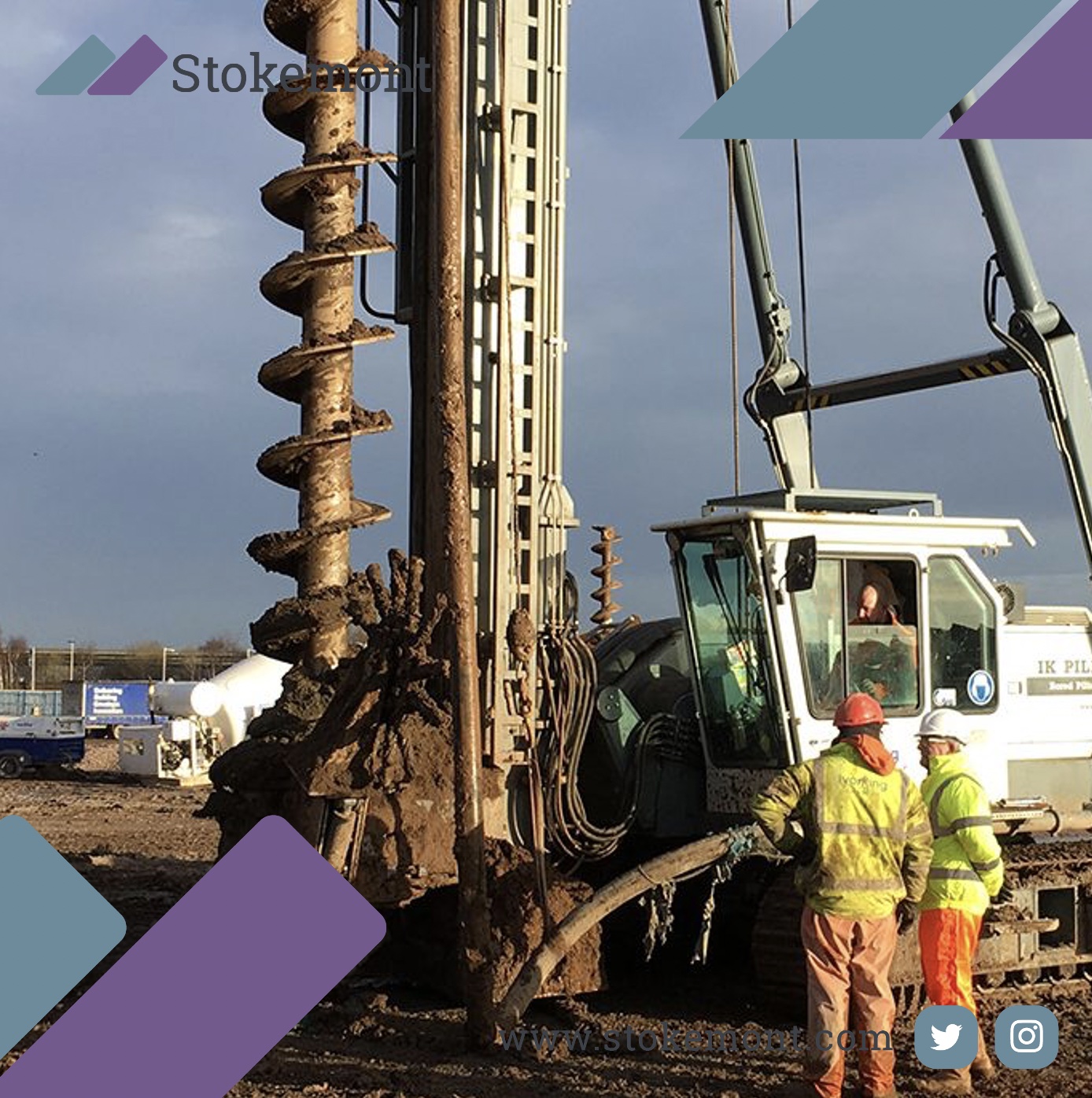What are Drilled Piles?

In today’s Property Blog post, we are going to be taking a focused look at Drilled Piles through a Party Wall Surveying perspective.
Drilled Piles, also known as Bored Piles are formed through the process of drilling out the soil and earth using a specialist pilling rig.
As the drilled piles excavate the soil from the ground through an oscillating motion and action, their application for use is far and wide as they allow for deep foundations to be dug in close proximity to surrounding structure.
The very nature of the non percussive drill, means that there is minimal knock on impact associated with the excavation, ultimately reducing the risk of damage during the course of excavation.
While minimal vibration is one of the major benefits of drilled piles, another significant benefit is that as the dill drives into the ground, the hole is supported via circumference casing. This means that the open hole is temporarily supported during the excavation itself.
In simple terms, this means that the risk of the hole collapsing, or the surrounding soil falling into the open hole is fully removed. Along with it, the risk of surrounding properties suffering from movement as a result of excavation and recalibrating or adjusting to account for the change in soil pressure is removed.
For all of its benefits, drilled piles are also incredibly versatile, the drill can reach depths of up to 80 metres, with the width variety starting from as little as 400 millimetres and extending up to 2.4 metres in depth.
For these reasons the use of drilled piles is far and wide, and while the process of digging the respective piles is slow, the risk adverse nature far outweighs the added time they take to complete.
Drilled piles will find themself at home with a wide and extensive variety of work type applications; from tunnelling, to stablisation, to use on hard ground.
They also allow for an incredibly high load to be carried, in excess of thousands of tonnes. However, that’s not all, as they’ve got the benefit of being able to be located in close proximity and within a 75 millimetre distance of a previously filled bored pile foundation.
They therefore also allow a wall and effective barrier to be constructed stopping and controlling the mitigation of ground water beyond the outer edge of the pile. With the depths of the excavation being so great, they are also not effected by seasonal weather changes to the foundation such as wetter soil in the winter and dryer soil in the summer.
To put the strength of these type of piles into perspective, Renzo Piano’s the Shard which is based in London’s Southwark stands at an eyewatering 72 storeys, a height of no less 310 metres above street level.
Boasting its credential as the United Kingdom’s tallest tower, in reality it is also likely the strongest as it was built using the secant pile method. The piles reached a depth of 53 metres at their deepest point.
Drilled piles are slowly finding their use in the conventional residential context and it should only be a matter of time before there are procedures and rigs on the market that enable conventional home extensions to benefit from this type of ingenuity.
If you’d like to speak with our team of Chartered Surveyors here at Stokemont about your up and coming extension project. Or perhaps, you’d like to discuss your neighbour’s proposed works? Get in touch with our team of qualified and experienced surveyors today and we will be more than happy to discuss your Party Wall Surveying requirements.
